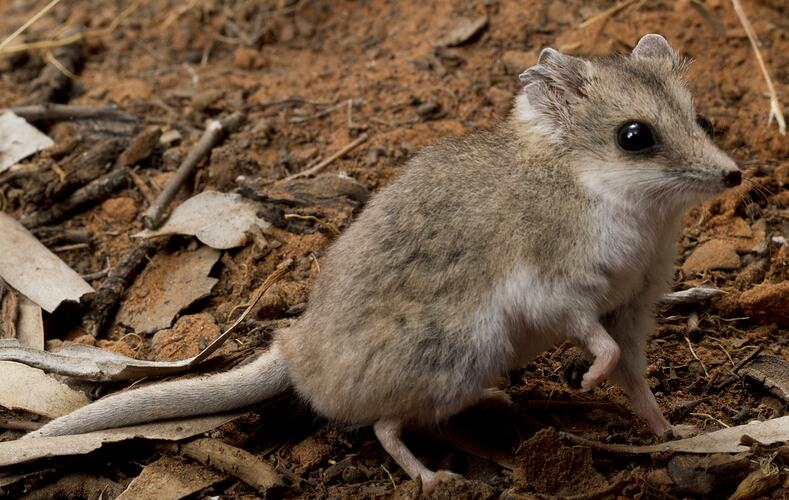Researchers have successfully extracted and decoded RNA from an extinct animal for the first time. Past researchers have mapped out the thylacine genetic blueprint, in addition to the genomes of other extinct animals; however, these past researches were all focused on DNA, but only RNA can reveal how an organism’s cells actually functioned. The past research mostly focused on DNA because RNA is a relatively fragile molecule, but it is responsible for turning DNA’s genetic instructions into cellular functions and thus must be used to reveal a cell's true biology. The specimen they retrieved the RNA from was a roughly 130 year old Tasmanian tiger, often referred to as a thylacine. Skin and muscle were taken from the desiccated thylacine, then ground into a powder. Chemicals were then added to isolate nucleotides, the building blocks of RNA. A computer algorithm compared the nucleotide sequences, with a database containing the genomes of thousands of organisms across numerous kingdoms. The results from this research provide new insights on what genes control certain attributes of the organism, for instance, researchers pinpointed RNA molecules that coded cells to make slow-twitch muscle fiber, which helps with endurance. Researchers also found over 250 thylacine-specific short RNA molecules that have sequences that regulate cell functioning. Some scientists are hopeful that the decoded RNA could aid efforts in bringing this carnivorous marsupial back from extinction. The plan for bringing this species back would involve modifying the genes of one of the thylacine’s closest living relatives, the fat-tailed dunnart.
I find this research interesting because it can lead to the revival of an extinct species, but after looking at one of the closest living relatives to a carnivore with a mouth that can open over 80 degrees I have my doubts. I find the prospect of learning how extinct animals' genes work interesting, but I feel like this might not be the animal to start with. A species that would be more realistic to bring back would be time better spent in my opinion, but the research had to start somewhere and I suppose that the Tasmanian tiger is just as extinct as any other species that's been wiped out. The thylacine specimen that had the samples taken from it was improperly stored for long term storage. It was just thrown in a cabinet in a bag for over 100 years, so if nothing else this makes me more hopeful that there will be specimens that exist that can lead to the recreation of extinct species.
https://www.sciencenews.org/article/first-time-decode-rna-extinct-animal-tasmanian
https://www.nature.com/articles/s41559-017-0417-y%20
http://m.genome.cshlp.org/content/early/2023/07/18/gr.277663.123.abstract


No comments:
Post a Comment